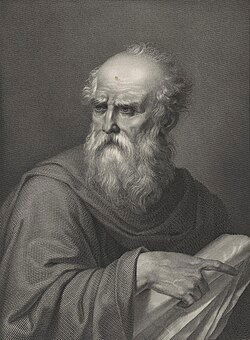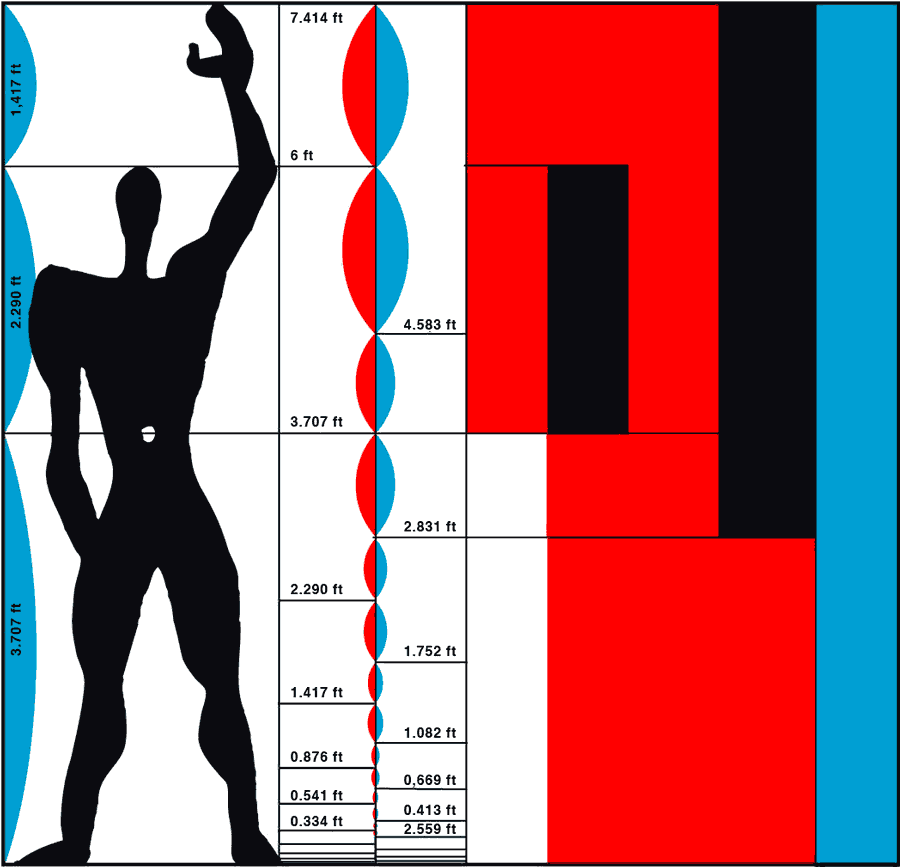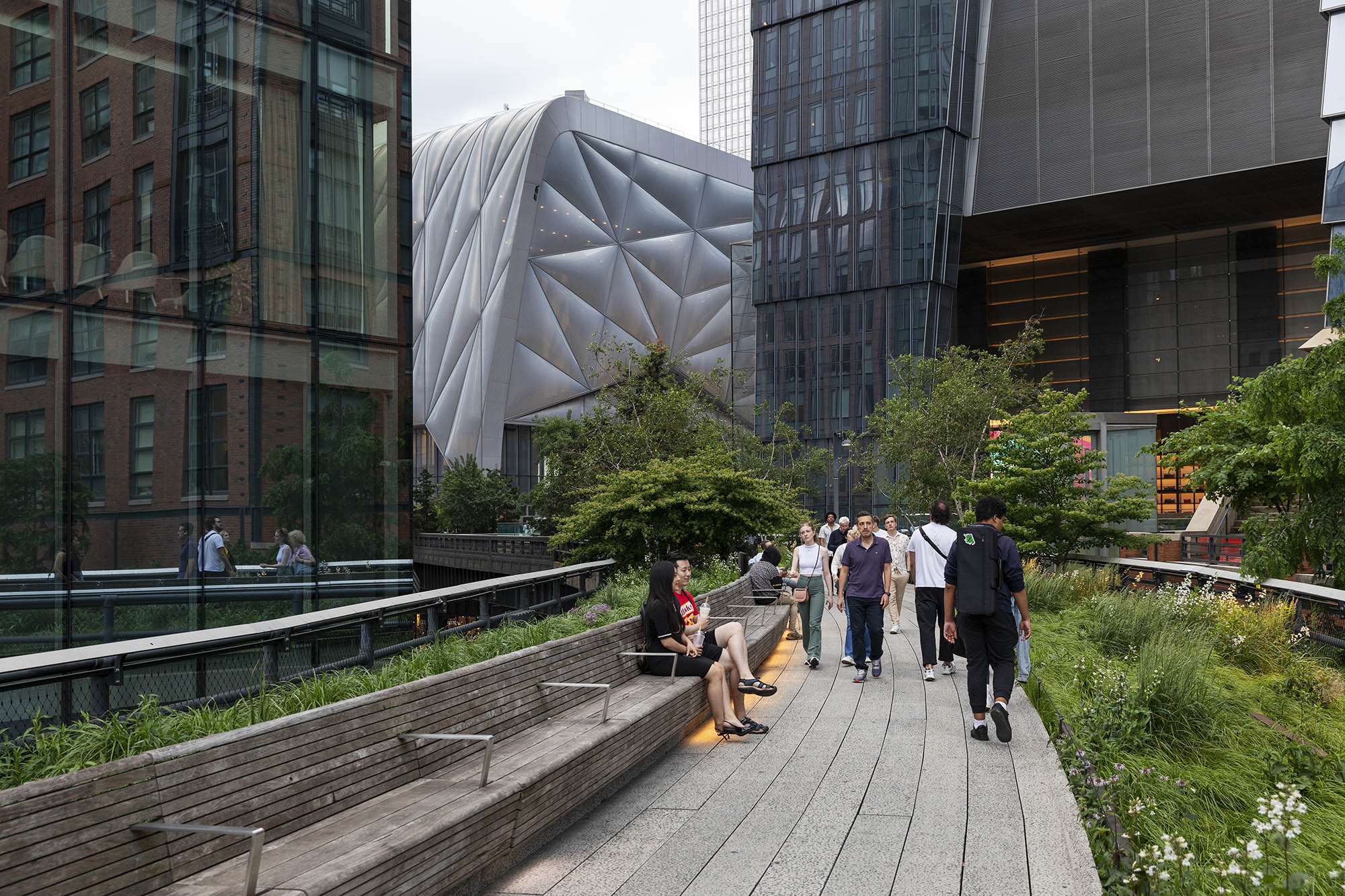Understanding the Core Principles of Architecture

Architecture is more than just designing buildings - it’s a discipline that shapes human experiences, responds to cultural needs, and solves complex functional challenges. Whether you're a student just starting your journey or a professional revisiting the basics, understanding the fundamental principles of architecture is crucial.In this article, we’ll explore:
- The timeless Vitruvian principles that define great architecture.
- Essential design concepts like scale, balance, and hierarchy.
- How space is organized in buildings.
- Human-centered design for comfort and accessibility.
- Practical exercises to apply these concepts.
By the end, you’ll have a solid foundation to analyze, critique, and create better architectural designs.
The Three Pillars of Architecture: Vitruvius’ Timeless Triad

In the 1st century BCE, the Roman architect Vitruvius defined architecture’s core principles in De Architectura—a text that remains relevant today. He argued that every great building must fulfill three key qualities:
Firmitas (Strength / Durability)
- A building must stand strong, resisting natural forces like wind, earthquakes, and time.
- Example: The Pantheon’s dome (126 AD) remains the world’s largest unreinforced concrete dome, proving its structural ingenuity.
Utilitas (Function / Utility)
- Architecture must serve its intended purpose efficiently.
- Example: Le Corbusier’s Villa Savoye (1931) maximizes space with an open floor plan, ribbon windows, and a rooftop garden—prioritizing livability.
Venustas (Beauty / Delight)
- Aesthetics matter—architecture should inspire emotion and reflect cultural values.
- Example: The Sydney Opera House (1973) is not just an auditorium but a sculptural icon that symbolizes creativity.
Takeaway: A successful design balances all three. A beautiful but unstable building fails Firmitas. A sturdy but dysfunctional one fails Utilitas.
Essential Design Principles
Beyond Vitruvius, architects use key visual and spatial principles to create cohesive designs.
Scale & Proportion
- Scale refers to size relative to humans (e.g., a grand cathedral vs. a cozy cottage).
- Proportion is the ratio between elements (e.g., the Golden Ratio in the Parthenon’s façade).
Balance
- Symmetrical (e.g., the Taj Mahal) vs. Asymmetrical (e.g., Frank Gehry’s Guggenheim Bilbao).

Hierarchy
- Emphasizing key elements (e.g., a monumental entrance in a courthouse).
Rhythm & Repetition
- Patterns guide movement (e.g., columns in Greek temples or bay windows in a row house).
How Space is Organized
Architects manipulate space to guide human experience. Common spatial layouts include:
Type | Description | Example | |
|---|---|---|---|
| Linear | Spaces arranged in a line (e.g., galleries, corridors). | The Uffizi Gallery, Florence. | |
| Centralized |
| The Pantheon, Rome. | |
| Radial | Branches extending from a core (e.g., airport terminals). | Washington Dulles Airport. | |
| Clustered | Organic groupings (e.g., campus buildings). | Harvard Yard, Cambridge |
Tip: Try sketching a simple house using each layout-notice how the flow changes!
Human-Centered Design: Comfort & Accessibility
Great architecture serves people, not just aesthetics.
Key considerations:
Ergonomics
- Standard dimensions (e.g., stair risers at 7 inches, door widths min. 32 inches).
- Example: Le Corbusier’s Modulor Man—a proportional system based on human measurements.

Accessibility
- ADA Compliance (ramps, tactile paving, braille signage).
- Universal Design (spaces usable by all ages/abilities).
Case Study: The High Line, NYC—a park designed for pedestrians, with smooth pathways, seating nooks, and inclusive access.

Practical Exercise: Analyze a Famous Building
Pick a structure (e.g., Fallingwater, the Colosseum, or your local library) and ask:
- Vitruvian Triad: Does it excel in Firmitas, Utilitas, and Venustas? Where does it fall short?
- Design Principles: Can you spot hierarchy, rhythm, or proportion?
- Spatial Layout: Is it linear, centralized, or clustered?
- Human Factors: How does it accommodate people?
Further Learning Resources
Books
- "De Architectura" – Vitruvius (free PDFs online).
- "Architecture: Form, Space, & Order" – Francis D.K. Ching.
Videos
- "Why Buildings Look the Way They Do" – BBC Documentary.
- "The Genius of Frank Lloyd Wright" – PBS American Masters.
Tools
- SketchUp Free – Model your own spatial layouts.
- ArchDaily’s Building Studies – Deep dives into iconic structures.